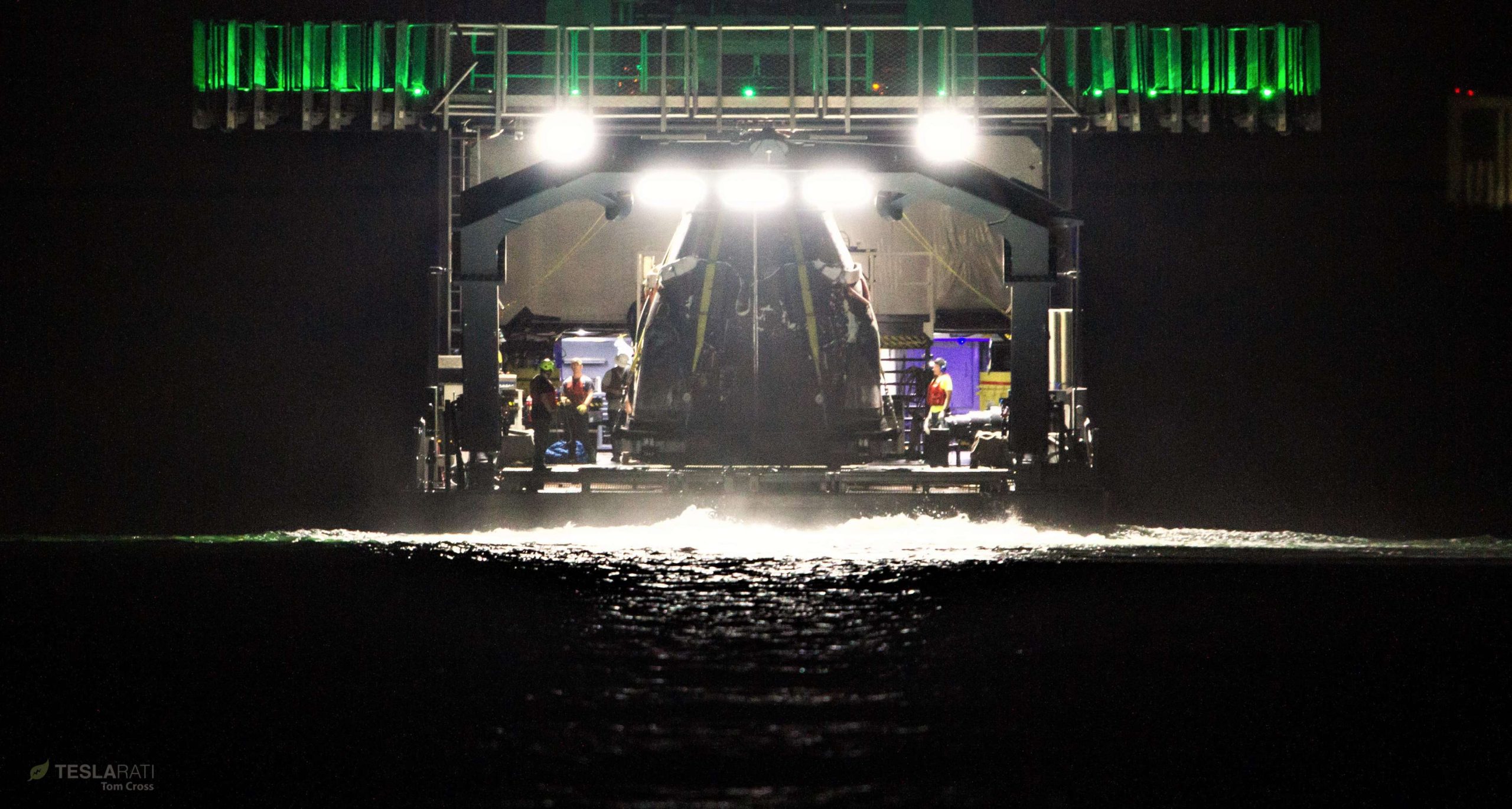
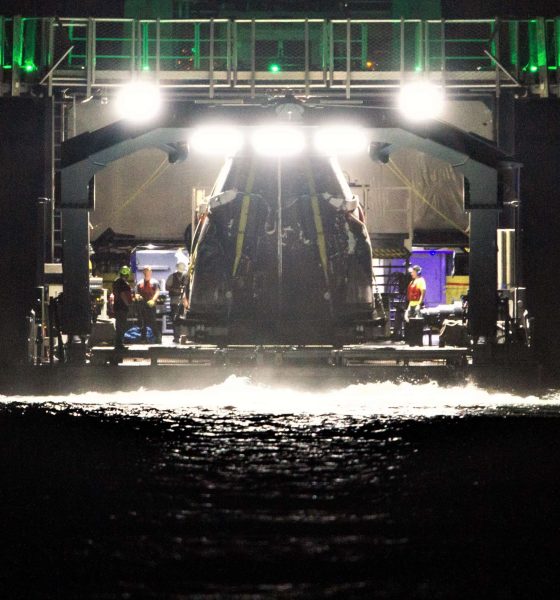
News
SpaceX Crew Dragon spacecraft sails home after flawless in-flight abort test
SpaceX’s newest Crew Dragon spacecraft has successfully returned to port aboard one of the company’s dedicated recovery vessels, neatly wrapping up what appears to have been a completely flawless in-flight abort (IFA) test.
Designed to prove that Crew Dragon can safely escape a failing Falcon 9 rocket at essentially any point from the launch pad to orbit, SpaceX voluntarily chose to perform a full-fidelity IFA test – something NASA left up to both it and Boeing. Boeing instead decided to extrapolate from a pad abort test – which SpaceX completed in 2015 – and a presumably large number of digital simulations to verify that Starliner would survive an in-flight abort.
To be clear, NASA is explicitly okay with this, but space agency officials did not shy away from openly embracing the superiority of integrated flight testing at several points both before, during, and after SpaceX’s second Crew Dragon launch. Although it will almost certainly remain (publicly) unsaid, there should be little doubt that for astronauts scheduled to fly on either Crew Dragon and Starliner, the successful completion of in-flight abort and pad abort tests almost certainly engenders at least a little more confidence in the vehicle they will be entrusting their lives to.
It’s worth noting that although NASA argues – perhaps soundly – that digital modeling, a pad abort test, and an orbital flight test are enough to determine whether any given spacecraft is safe enough to launch US astronauts, the unspoken reality – or at least a large part of it – is that cost is a major concern. At this point in time, NASA’s Commercial Crew Program (CCP) contracts are expected to cost a total of $3.1B for SpaceX and $5.1B for Boeing – both including at least four total orbital launches of their respective spacecraft.
In simpler terms, despite the fact that SpaceX has received a full $2 billion (~40%) less than Boeing to accomplish the same tasks in the same time, SpaceX’s Crew Dragon completed a flawless orbital launch debut and space station rendezvous with Crew Dragon almost 10 months before Boeing’s Starliner suffered a serious partial failure in space. Simultaneously, for $2 billion less, SpaceX has now given NASA a seemingly flawless full-up in-flight abort test of Crew Dragon before the space agency will fully entrust the spacecraft with the safety of its astronauts.
In the last 10 or so weeks, Boeing has thus suffered a minor Starliner parachute failure, a far more concerning spacecraft failure during its first orbital flight test (OFT), has no plans to perform an in-flight abort test, and nevertheless still wants Starliner’s next launch to carry NASA astronauts.
A clear path ahead
SpaceX, on the other hand, has now completed two seemingly-flawless integrated launches of Crew Dragon on a Falcon 9 rocket – one of which successfully rendezvoused with the ISS and returned to Earth; the other of which has now proven that Crew Dragon can whisk astronauts to safety from a failing supersonic rocket. SpaceX says it will carefully inspect capsule C205 and eventually refurbish the spacecraft, although it’s entirely unclear what kind of mission the company could foreseeably reuse it on in the near future.
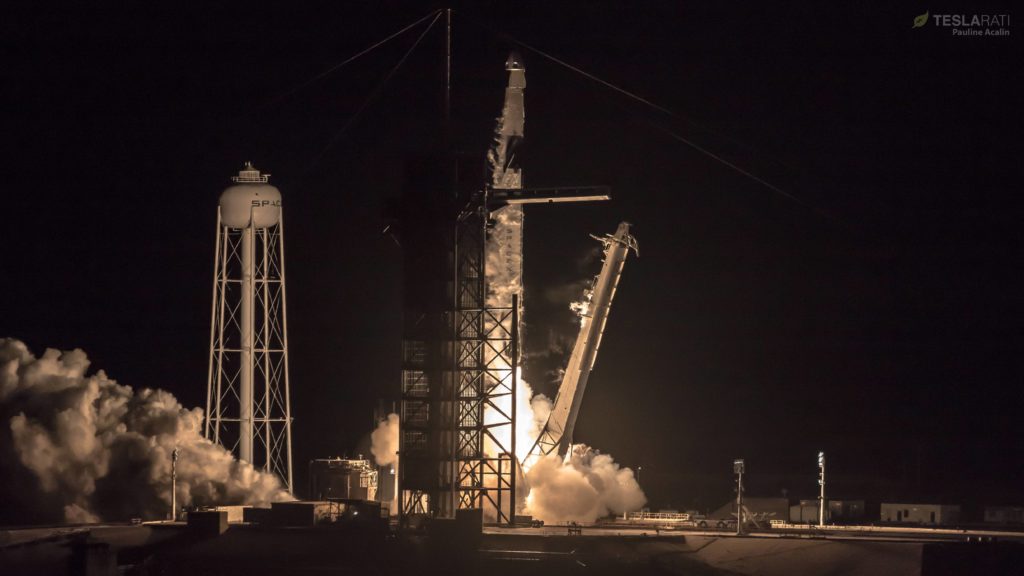
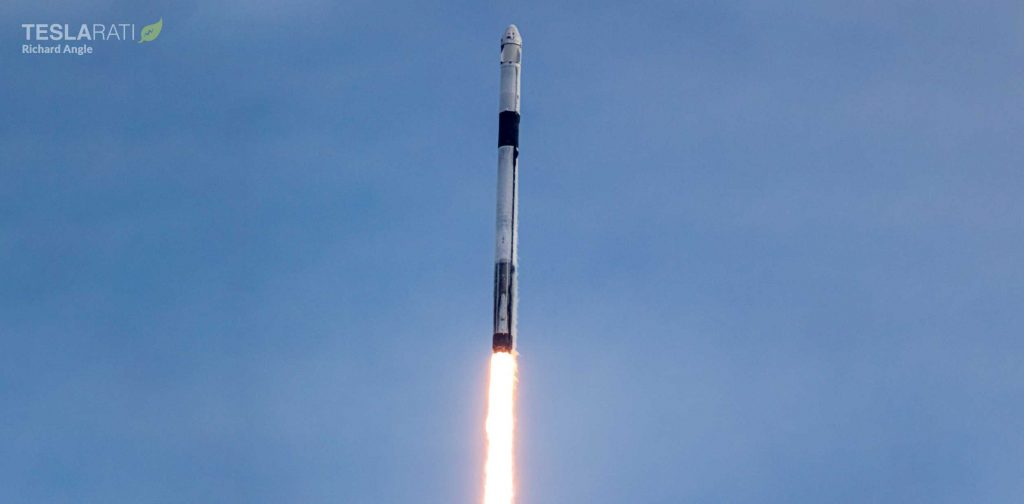
Speaking shortly after Crew Dragon’s second flawless launch, SpaceX CEO Elon Musk said that he had spoken with NASA administrator Jim Bridenstine just prior to the post-launch press conference and together came up with a response to the most obvious question: when will SpaceX fly astronauts? In short, Musk was almost certain that all the hardware needed for the Demo-2 astronaut test flight – Falcon 9 booster, F9 upper stage, Crew Dragon capsule C206, and a Dragon trunk – will be completed, tested, and delivered to Cape Canaveral by late-February 2020.
If everything goes exactly as planned, NASA – prior to launch – indicated that an early-March 2020 launch was actually within reach. After launch, Musk tempered expectations, stating that SpaceX would almost certainly launch its first NASA astronauts sometime in Q2 – perhaps as early as April. Regardless, it looks like we wont have to wait more than a few months to find out.
Check out Teslarati’s Marketplace! We offer Tesla accessories, including for the Tesla Cybertruck and Tesla Model 3.

News
Tesla Model Y Standard stuns in new range test, besting its Premium siblings
Tesla’s newer vehicles have continued to meet or exceed their EPA estimates. This is a drastic change, as every 2018-2023 model year Tesla that Edmunds assessed did not meet its range estimates.

The Tesla Model Y Standard stunned in a new range test performed by automotive media outlet Edmunds, besting all of its Premium siblings that are more expensive and more luxurious in terms of features.
Testing showed the Model Y Standard exceeded its EPA-estimated range rating of 321 miles, as Edmunds said it is the “longest-range Model Y that we’ve ever put on our loop.” In the past, some vehicles have come up short in comparison with EPA ranges; for example, the Model Y’s previous generation vehicle had an EPA-estimated range of 330 miles, but only drove 310.
Additionally, the Launch Series Model Y, the first configuration to be built in the “Juniper” program, landed perfectly on the EPA’s range estimates at 327 miles.
It was also more efficient than Premium offerings, as it utilized just 22.8 kWh to go 100 miles. The Launch Series used 26.8 kWh to travel the same distance.
It is tested using Edmunds’ traditional EV range testing procedure, which follows a strict route of 60 percent city and 40 percent highway driving. The average speed throughout the trip is 40 MPH, and the car is required to stay within 5 MPH of all posted speed limits.
Each car is also put in its most efficient drive setting, and the climate is kept on auto at 72 degrees.
“All of this most accurately represents the real-world driving that owners do day to day,” the publication says.
With this procedure, testing is as consistent as it can get. Of course, there are other factors, like temperature and traffic density. However, one thing is important to note: Tesla’s newer vehicles have continued to meet or exceed their EPA estimates. This is a drastic change, as every 2018-2023 model year Tesla that Edmunds assessed did not meet its range estimates.
Tesla Model Y Standard vs. Tesla Model Y Premium
Tesla’s two Model Y levels both offer a great option for whichever fits your budget. However, when you sit in both cars, you will notice distinct differences between them.
The Premium definitely has a more luxurious feel, while the Standard is stripped of many of the more premium features, like Vegan Leather Interior, acoustic-lined glass, and a better sound system.
You can read our full review of the Model Y Standard below:
Tesla Model Y Standard Full Review: Is it worth the lower price?
News
Xpeng CEO: Tesla FSD 14.2 has developed “near-Level 4” performance
While acknowledging that imperfections remain, the Xpeng CEO said FSD’s current iteration significantly surpasses last year’s capabilities.

Xpeng CEO He Xiaopeng has offered fresh praise for Tesla’s Full Self-Driving (FSD) system after revisiting Silicon Valley more than a year after his first hands-on experience.
Following extended test drives of Tesla vehicles running the latest FSD software, He stated that the system has made major strides, reinforcing his view that Tesla’s approach to autonomy is indeed the proper path towards autonomy.
Tesla FSD closing in on Level 4 driving
During his visit, He test-drove a Tesla equipped with FSD V14.2. He also rode in a Tesla Robotaxi. Over roughly five hours of driving across Silicon Valley and San Francisco, He said both vehicles delivered consistent and reassuring performance, a notable improvement from his experience a year earlier.
According to He, Tesla’s FSD has evolved from a smooth Level 2 advanced driver assistance system into what he described as a “near-Level 4” experience in terms of capabilities. While acknowledging that imperfections remain, the Xpeng CEO said FSD’s current iteration significantly surpasses last year’s capabilities. He also reiterated his belief that Tesla’s strategy of using the same autonomous software and hardware architecture across private vehicles and robotaxis is the right long-term approach, allowing users to bypass intermediate autonomy stages and move closer to Level 4 functionality.
He previously tested Tesla’s FSD V12.3.6 and Waymo vehicles in California in mid-2024, noting at the time that Waymo performed better in dense urban environments like San Francisco, while Tesla excelled in Silicon Valley and on highways.
Xpeng’s ambitious autonomy roadmap and internal challenge
The Silicon Valley visit also served as a benchmark for Xpeng’s own autonomy ambitions. He stated that Xpeng is looking to improve its VLA autonomous driving system to match the performance of Tesla’s FSD V14.2 within China by August 30, 2026. Xpeng is poised to release its VLA 2.0 smart driving software next quarter, though He cautioned that the initial version will not be able to match FSD V14.2’s capabilities, as noted in a CNEV Post report.
He also added a personal twist to the goal, publicly challenging Xpeng’s autonomous driving team. If the performance target is met by the 2026 deadline, the CEO stated that he will approve the creation of a Chinese-style cafeteria for Xpeng’s Silicon Valley team. If not, Liu Xianming, head of Xpeng’s autonomous driving unit, has pledged to run naked across the Golden Gate Bridge, He noted.
News
Another Tesla Model 3 variant sold out for January 2026 in China
A look at Tesla China’s order page shows that new Model 3 LR RWD orders now have an estimated delivery date of February 2026.
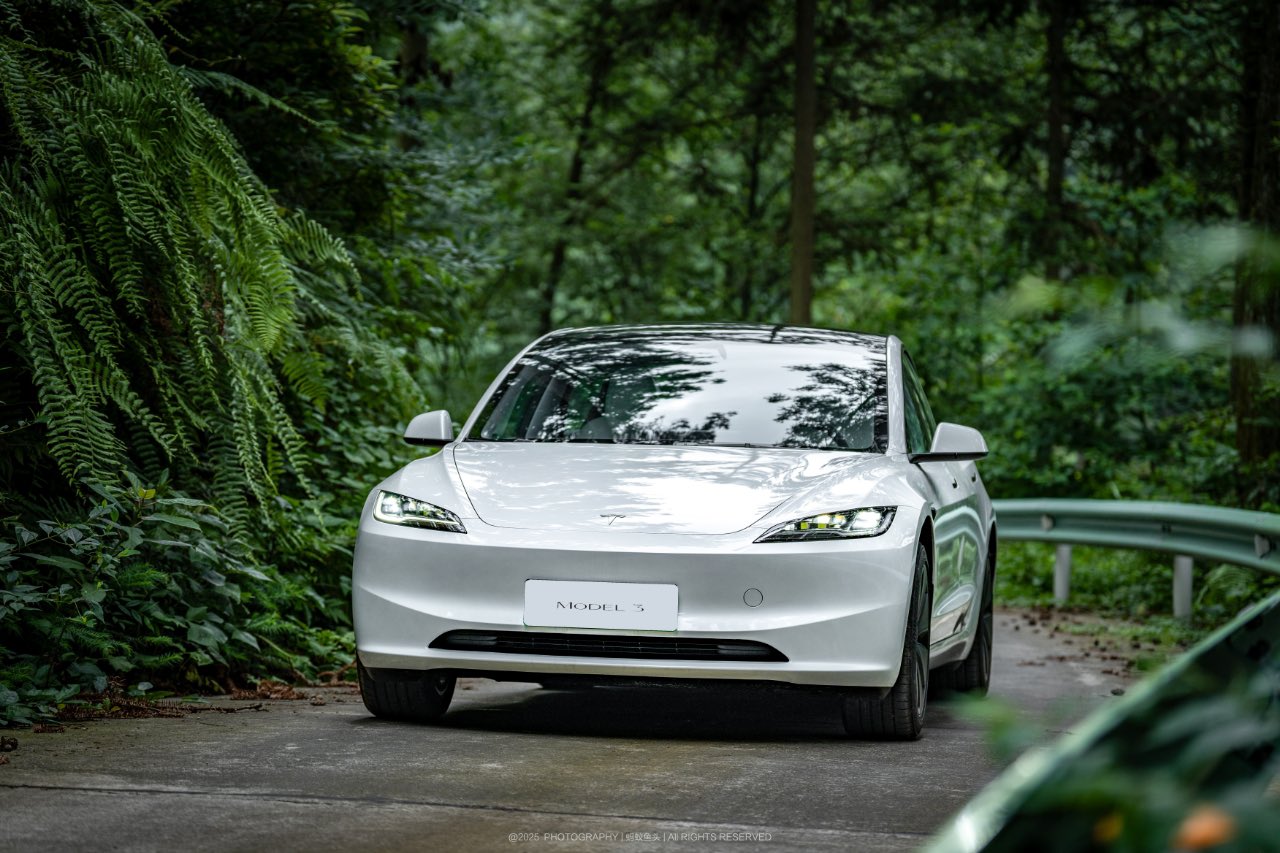
Another Tesla Model 3 variant in China appears to have sold out for January 2026, with the vehicle now showing an estimated delivery date of February 2026 for new orders. This bodes well for the all-electric sedan, which has maintained notable sales despite more affordable rivals like the Xiaomi SU7 and its crossover sibling, the Model Y.
Model 3 LR RWD joins February 2026 queue
A look at Tesla China’s order page for the all-electric sedan shows that new Model 3 Long Range Rear Wheel Drive orders now have an estimated delivery date of February 2026. Priced from RMB 259,500 ($36,810), the LR RWD sits as the second-lowest-priced trim in Tesla China’s four-variant Model 3 lineup. The move follows a similar delivery timeframe for the Model 3 Performance, which remains the most expensive option for the vehicle, as noted in a CNEV Post report.
The estimated delivery dates of the two remaining Model 3 variants remain unchanged for now. The base RWD version, starting at RMB 235,500, and the LR AWD variant, priced from RMB 285,500, both continue to list estimated delivery times of 4-6 weeks. Tesla China, for its part, has continued to list in-stock Model 3 vehicles and is actively encouraging buyers to select inventory units for delivery before the end of the year.
Model Y delays and policy shifts
Delivery timelines for the Model Y in China are also stretching into 2026. All customized Model Y variants now show February 2026 as their estimated delivery date, except for the entry-level version, which still lists January 2026. Tesla has been urging customers since November to prioritize purchasing inventory vehicles, a push aimed at maximizing year-end deliveries.
Timing matters for Chinese buyers due to upcoming changes in government incentives. China’s new energy vehicle purchase tax exemption will be scaled back in 2026, which means customers who take delivery next year could face higher tax costs compared to those who are able to receive vehicles before the end of the year.
As per data from the China Passenger Car Association, Tesla recorded retail sales of 73,145 vehicles in November, down 0.47% year over year. From January through November, Tesla’s retail sales in China totaled 531,855 units, a 7.37% year-over-year drop.








